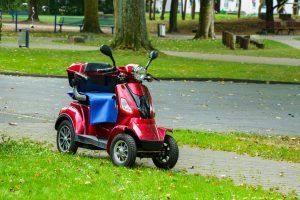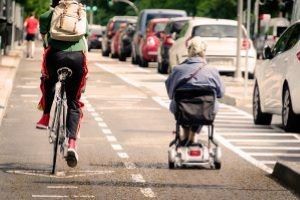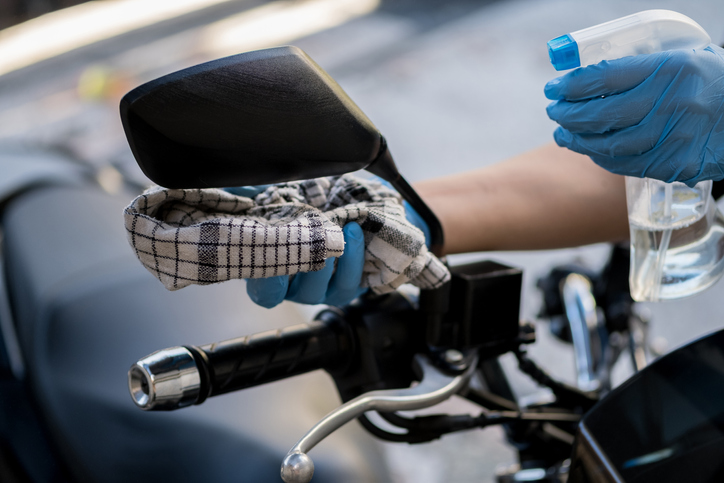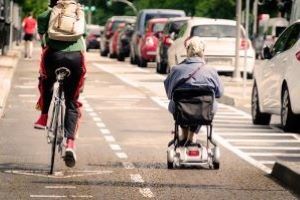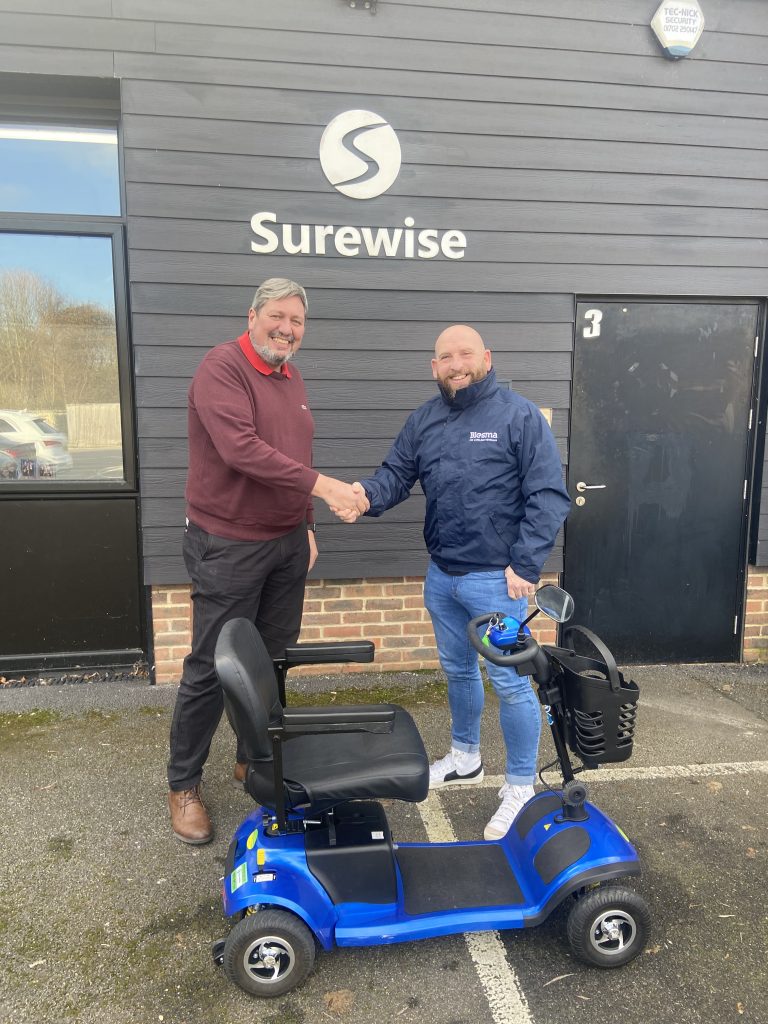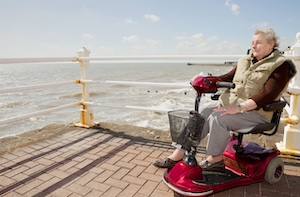The UK’s train network is a relatively easy way to get from A to B, especially if you don’t have a car or simply want to be a little more environmentally friendly or avoid delays on the motorways!
Whether you’re using the train to commute to work everyday, or to travel longer distances on the odd occasion, in this article we’ll cover everything you need to know about mobility scooters and train travel.
Short Summary
- Are Mobility Scooters Allowed On Trains? Yes, generally speaking. Most mobility scooters are permitted on trains, subject to the requirements of specific train companies.
- Do I Need To Pre-Book When Travelling With My Mobility Scooter? Yes, pre-booking and obtaining necessary permits are important for travelling with a mobility scooter.
- Is There Additional Support For Me? Various assistance services can normally be utilised by wheelchair users and those travelling with an assistance dog to ensure a safe and comfortable journey.
Mobility Scooters on Trains
Mobility scooters are allowed on trains, but it’s important to note that each train operator has different policies regarding weight, measurements, and class.
Generally, Class 2 and Class 3 invalid carriages are classified as mobility scooters, typically accommodating measurements of 1200mm x 700mm and a weight of 300kg. It’s essential to check with the train company you plan to travel with to ensure your scooter meets their requirements.
The National Rail Accessible Train Travel page on Wheelchairs and Powered Scooters offers up-to-date information on weight restrictions for various train lines, as well as train tickets and other travel arrangements.
Mobility Scooter Classes and Dimensions
To better understand which mobility scooter is suitable for train travel, it’s helpful to be familiar with the two classes of mobility scooters: Class 2 and Class 3.
- Class 2: Class 2 mobility scooters are limited to pavements and have a maximum speed of 4mph
- Class 3: Class 3 mobility scooters are allowed on the road and have a maximum speed of 8mph.
Government regulations classify Class 2 and Class 3 invalid carriages as scooters and powered wheelchairs, respectively.
The main thing here is to be informed on the size and dimensions of your scooter, so you can clarify that it can be taken on a train prior to travelling. If you have a Class 3 scooter – which tend to be bulkier in size – this is particularly important.
Train Operator Policies for Mobility Scooters
Each train operator has different rules regarding the permissible weight, measurements, and class of scooters that can be accommodated – which is understandably frustrating as it means providing one single answer is difficult!
Some train operators may require a permit for mobility scooter travel, while others might not.
For instance, the TransPennine Express in the North & Scotland recommends obtaining a scooter card, which is not mandatory but can help create a secure space for your scooter on board.
Should I Pre-book And Do I Need Any Permits?
Again, the procedure for pre-booking mobility scooters on trains depends on the transportation company.
Some train companies allow you to book assistance up to two hours prior to travel, while others require booking in advance.
If you feel you may need assistance boarding the train, for example, with getting your scooter safely onto the train, it may be helpful to pre-book and make sure the train company will have someone onboard to assist you.
Onboard Accommodations
Onboard accommodations for mobility scooters may differ depending on the train company. Some trains offer wheelchair spaces available in standard class accommodations, while others can accommodate folded or dismantled mobility scooters.
To ensure you have as comfortable a journey as possible, contact the train company in advance to inquire about particular accommodations and to arrange for help or a wheelchair space if necessary.
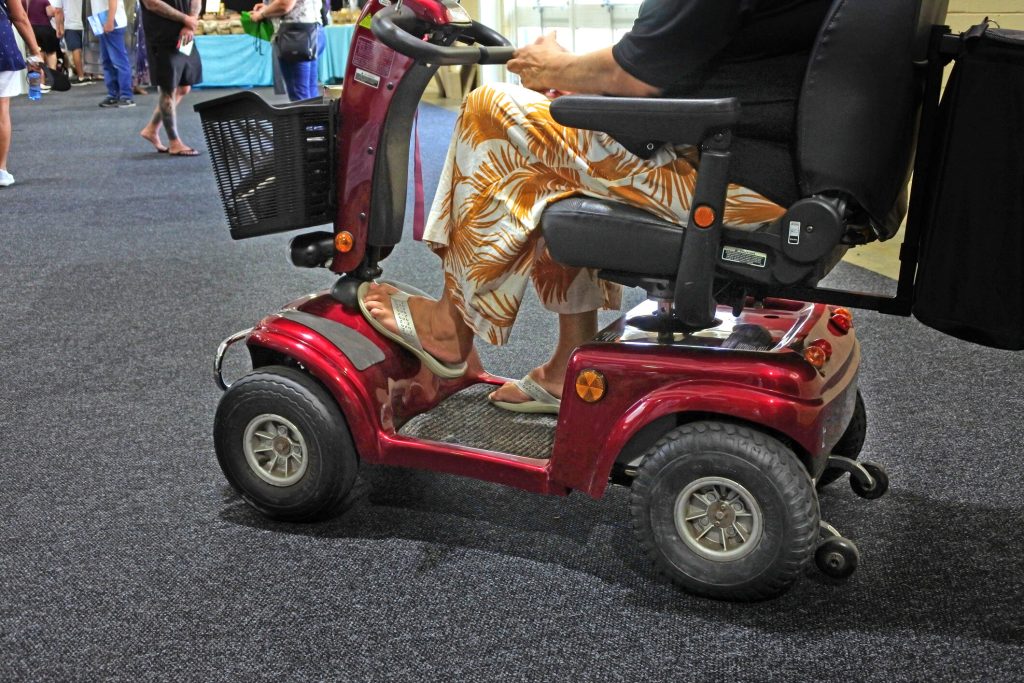
Wheelchair Users and Train Travel
Although some essential infrastructure has been put into place to make train travel more accessible, wheelchair users may also face challenges when travelling by train.
In London, Transport for London’s website provides information on step-free access at Underground stations. Additionally, the Disabled Persons Railcard grants wheelchair users and one other person travelling with them a one-third discount on rail fares, making train travel more affordable.
Assistance Services for Wheelchair Users
There are various assistance services available for wheelchair users on trains. These services include the “Turn Up and Go” service, which provides aid to wheelchair users when entering and exiting trains at most major stations. Ramps for boarding are also available at most major stations, granting wheelchair users easy access to the train.
Reserved spaces for wheelchairs can be found on most trains and can be booked in advance through the Passenger Assist service, which also provides assistance with booking tickets and other travel arrangements.
Travelling with Assistance Dogs
Assistance dogs are allowed on National Rail services, and the Assistance Dog Travel Scheme exists to support their owners during their journeys.
Assistance Dog Travel Scheme
The Assistance Dog Travel Scheme is designed to make travelling with an assistance dog as stress-free as possible. The scheme provides a personal, highly visible, and reusable card that creates a ‘protected space’ for the dog and indicates that the seat and the space under it should remain unoccupied.
To get an Assistance Dog Under Seat card, you can contact National Rail Enquiries Customer Relations. This can be done either by email or phone.
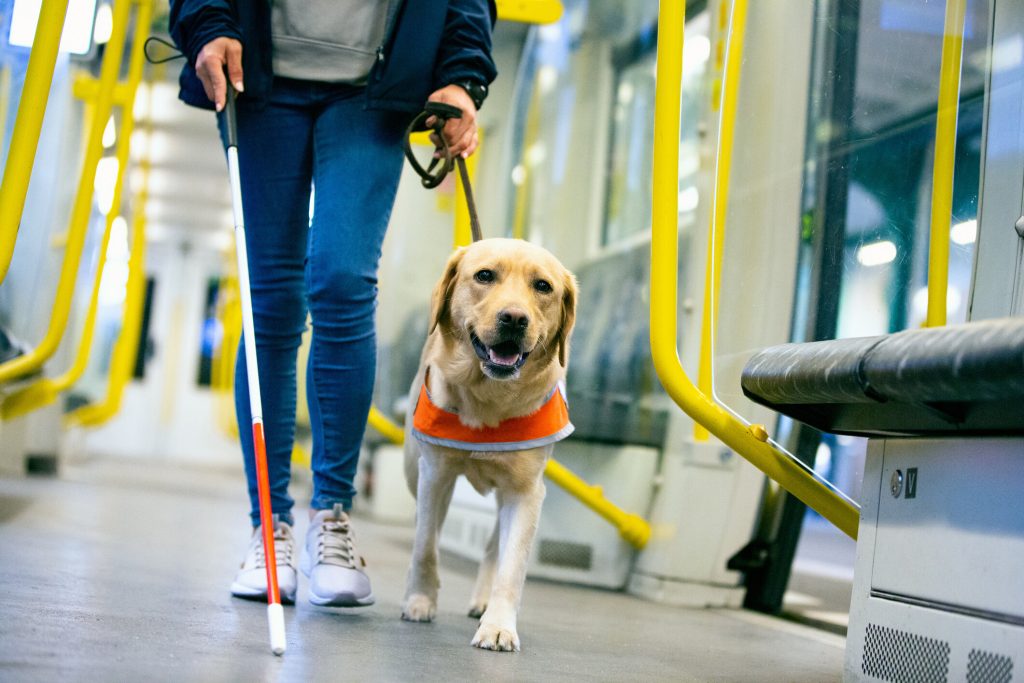
Additional Support for Disabled Passengers
Travellers with non-visible disabilities can also benefit from additional support during their train journeys. Sunflower Lanyards are a discreet way to indicate to rail staff that additional assistance may be required at stations or during the journey.
These lanyards can be obtained at local stations or through Hidden Disabilities.
Tips for a Smooth Train Journey with Mobility Scooters
Call Ahead
To ensure a smooth and enjoyable train journey with your mobility scooter, there are several practical tips to keep in mind. We’ve covered a few of those below.
Although you may be fairly sure your mobility scooter will be permitted onboard without hassle, it may save some stress on the day if you call ahead and discuss your travel plans with the train line. This is especially important if you will be relying on assistance from staff.
Arrive Early
Arrive ahead of time to board the train, allowing sufficient time to get situated and securely fasten your scooter. No one likes rushing to catch a train, and this is all the more true when you’ve got a mobility scooter to bring onboard and potentially fold down, too.
Prepare Your Scooter For Travel
Ensure that your scooter is fully charged and ready for use for a day out. In addition, make sure you fasten your scooter securely throughout the journey to prevent any accidents or damage. This may be by applying the brake or turning your scooter off altogether.
Frequently Asked Questions
Can you take a scooter on a train in the UK?
Yes, you can take a mobility scooter on a train in the UK. It should be within the maximum dimensions of 700mm width and 1200mm length with a maximum weight of 300kg.
Why are e- scooters not allowed on trains?
Train operators have banned e-scooters from their services due to safety concerns about the risk of fire caused by their lithium-ion batteries. This decision has been backed up by advice from the London Fire Brigade, which has been called out to a number of domestic fires caused by exploding e-scooter batteries.
As a result, train operators have taken measures to ensure the safety of their passengers by banning scooters from trains.
Can you take mobility scooters on a bus?
Yes, it is possible to take mobility scooters on a bus, provided they meet the size and class requirements. Mobility scooters must be Class 2 and no more than 60 cm wide and 100 cm long in order to be accepted for travel by coach or bus.


